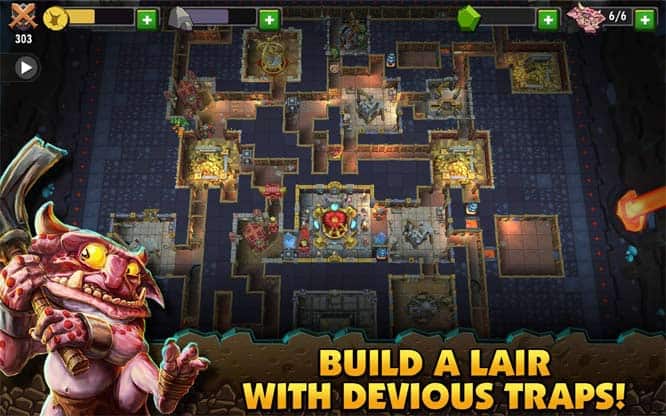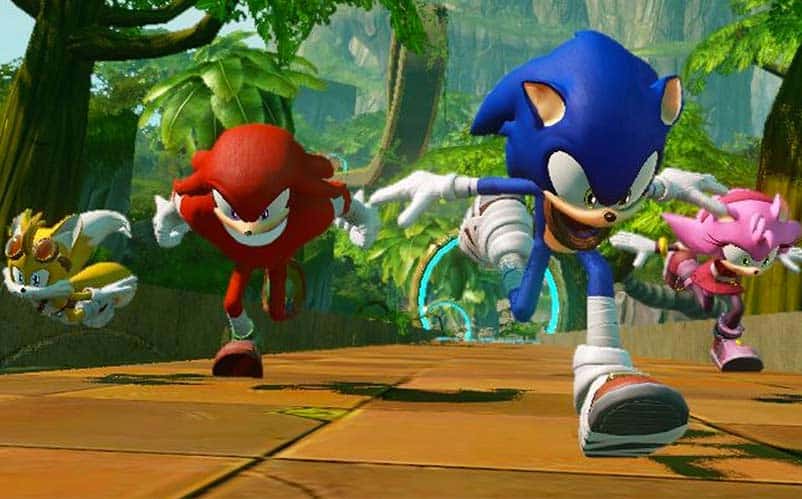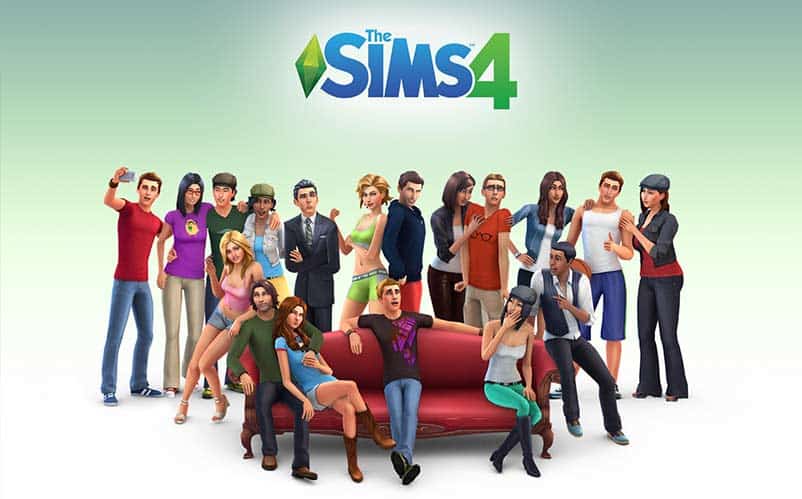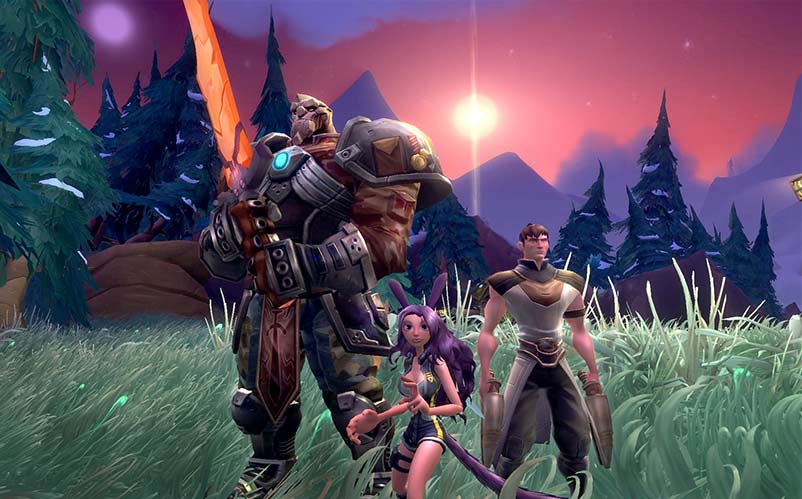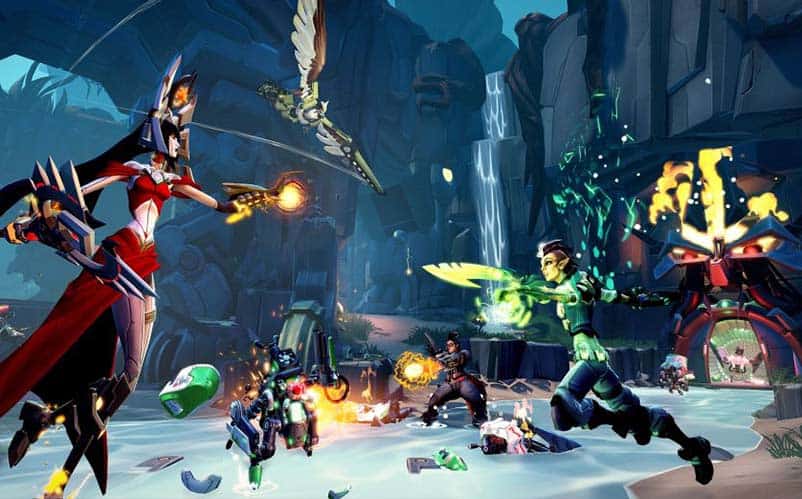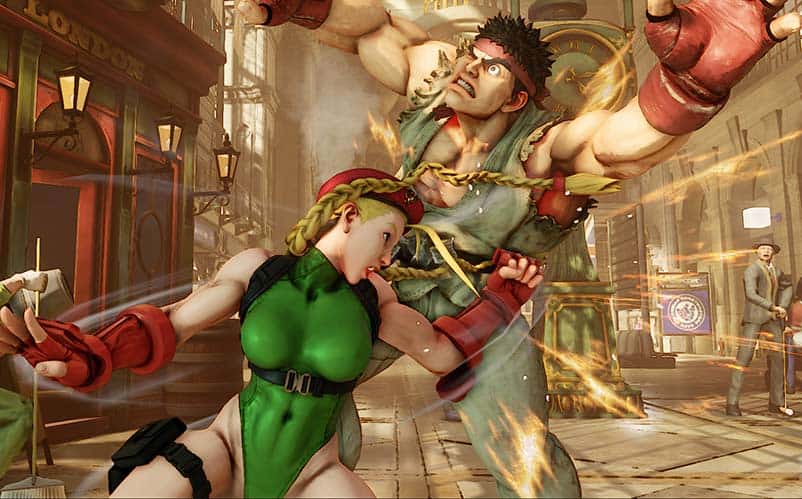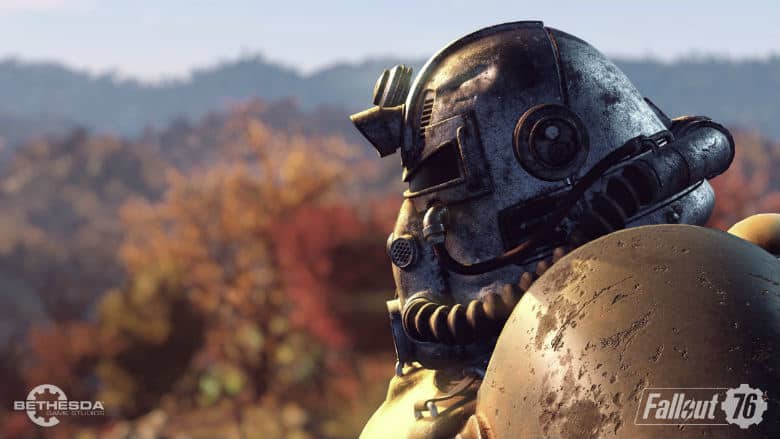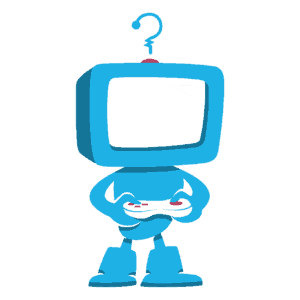Over the past few years, we’ve seen some cringe-worthy video game announcements, have we not? Frequently, major video game publishers take the stage at big conventions to announce the game they’ve been working on, only to find the audience’s response to sound something closer to birds chirping than the roaring response they were looking for.
AAA publishers are often surprised by the lack of enthusiasm for a game they’ve announced.
Why? It’s because they didn’t research their target market properly.
The video games market is a fickle and tumultuous thing, changing directions with the slightest wind. What was popular three years ago isn’t necessarily popular with today’s gamers. But if history has told us anything, it’s that there are certain signs that a video game is doomed before it even hits the market.
“Say, Bobby, how do I know if my game sucks before it even releases?”
Well, video game developer, here are seven signs that your video game sucks; that it’s one of the bad games and it won’t work in today’s market:
Is it Pay-to-win?
The most important aspect of any video game is whether or not it has the potential to cheat its player base. If gamers feel cheated, they’ll quit playing your game and move on to something else. If you are a developer, and you are specifically designing your game to contain an in-game shop that will allow players to purchase items with statistical or tactical advantages over those who don’t purchase the item, then your game is pay-to-win.
Over the past few years, we’ve seen a few pay-to-win games rightfully crash and burn. In the mobile space, the best example is 2014’s Dungeon Keeper, a game that takes the basic idea of Clash of Clans — also a pay-to-win game, for the record — and applies it to dungeon-creating. The problem with Dungeon Keeper is that its microtransactions are necessary to be even remotely competitive. And while Dungeon Keeper technically allows a path to earn all items through the sweat of one’s brow (one of Forbes’ own Ten Commandments of Microtransactions), it fails to design a game that doesn’t revolve around paying to save time.
Another big offender of the pay-to-win model is MechWarrior Online, which sold “premium” mechs for cash-only; they couldn’t be earned in the game at all. Obviously, those who coughed up the money for these premium mechs had an advantage over those who didn’t. This sounds like something the gaming community would receive well, doesn’t it?
Is Your Game Severely Broken?
I cannot even count the number of games that have released in a severely broken state over the past few years. Some of these games are fixed shortly after their release and end up being great games — DriveClub, for example. But others are released and simply left in a broken state, rendering the game mostly unplayable.
One of the biggest offenders in recent memory is Sonic Boom: Rise of Lyric, a Wii U game that had more bugs in it than you could count on one hand. Upon its release, it had broken cutscenes that contained characters jumping around the screen, and even a game-breaking bug that is created when you die in a certain battle early on in the game. When you die in the battle, your character becomes permanently stuck, forcing you to restart the game entirely, losing your entire save game in the process. Naturally, a game this broken became one of the lowest-rated Wii U games of all-time, earning itself a whopping 32 metascore on Metacritic. What’s more, it is a deep and gashing wound for the once popular Sonic the Hedgehog franchise.
Of course, the little blue hedgehog wasn’t the only one to see his franchise fall victim to bugs. Ubisoft’s Assassin’s Creed: Unity is also a prime example of a severely broken game. In fact, the game was so terribly plagued with issues that Ubisoft ended up canceling its season pass.
It has also made gamers weary of every upcoming Ubisoft game since, as the gaming community seems to be waiting until their games are reviewed before purchasing or skipping.
EA’s Sim City 2013 is probably the biggest offender of the past few years, though. We probably all remember its miserably botched launch, not only releasing to server issues but as a scaled down version of what it once was. Why? So that EA could profit on expansions, of course.
Is There Enough Content for the Price Tag?
Speaking of EA profiting from expansions, another way to tell if your game is going to work before you even announce it is to look at how much content there is in the game, and how much you’re planning to charge consumers for that content. Look at a game like Good Robot, a dinky little STEAM game that basically has one randomly generated level that you just keep playing through, dying, and then generating again. But, if you look at its reviews on STEAM, the game has a “Very Positive” status. Why? Because it’s only $9.99, and it’s a great game, aside from its seemingly short length.
But then, you look at a game like The Sims 4, which was met by the anger of longtime fans for being a basic, stripped away and dumbed down game that had a shadow of the content that it once had. Maybe if The Sims 4 released as a $9.99 base game with available expansions to purchase, it wouldn’t have been beaten up critically. But, it released as a $59.99 game, despite the fact that it was missing so many features that made The Sims 3 so great.
Also, I’ll get a bit more into Street Fighter 5 a bit later, but it does serve a mention in this section for severely lacking content.
**Update: Luckily, Capcom realized that Street Fighter 5 was one of the bad games we were referring to, and have since released the Arcade Edition which fixes many of its problems.
Is There a Subscription Fee?
Subscription-based games are a no-go in 2016; it just generally acceptable in the gaming community any longer. While it worked (and still works) for games like World of Warcraft and Final Fantasy XIV, you will find that the majority of upcoming MMOs opt for the buy once, play forever or free-to-play route. We’ve seen some cutesy variations of the sub model along the way, most recently with WildStar, where you initially pay for a subscription but you can earn in-game currency to purchase more game time with just a little bit of effort on your part. Of course, we see how that turned out, as WildStar is now free-to-play, and even so, is struggling to keep itself above water.
As PCGamer’s Tom Senior says, “the free-to-play shift has become an inevitable landmark in a new MMO’s life cycle.”
Are There Already Numerous Other Games Like it?
Anytime you even begin to think about working on a new game, take a serious look at the market and the community to see if, first, there are already other games like it, and second, if there’s anything that you can do differently. I think the recent battle between the first-person arena shooters, Battleborn, Overwatch, Paragon, and LawBreakers, is a perfect example of similar games releasing at the same time. Overwatch is clearly winning the market right now, with its release finally upon us. But prior to its release, we’ve had numerous game announced that all looked too similar to exist in the limited market. Although it’s too soon to tell for sure, it appears as though gamers are heavily favoring Overwatch, and the fall of Battleborn and Paragon are all but official. These games are all too similar. I will note that LawBreakers could potentially survive, since it has an entirely different tone than the other three games, going for a more mature audience than the three games releasing before it.
It’s important to make your game look as unique as possible, because even if it’s a great game, if it looks generic and too similar to what’s already out there, it’s not going to be successful.
If it’s a Sequel, Does it Take Away Features That its Fans Loved?
This is quite possibly the ultimate no-no when it comes to making a sequel: taking out an aspect of the predecessor that fans loved. Knowing your audience when making any game is important, but it’s especially important when making a sequel to a beloved franchise. Look at what recently happened with Street Fighter 5, a game that is the ultimate example of a barebones experience. Sure, its mechanics are sound and it looks great, but it’s a fraction of the game that Street Fighter IV is. It almost makes us wonder why Capcom even bothered to make the game to begin with. Of course, now they’re feeling the backlash from their actions, as they’ve had to publicly apologize for its lack of content, as well as embarrassingly announce that they didn’t meet the game’s sales goals.
What makes this even worse is the fact that this isn’t the first Capcom franchise to take a significant blow for veering away from what made it originally great. Look at what has happened so far with the Resident Evil franchise, a series that once started as horror and has somehow morphed into an action game. Luckily, things might be looking up for Capcom soon, as there’s a Resident Evil 7 reveal said to be occurring at E3 2016. Still, the fact remains that, as it stands right now, Resident Evil isn’t the same game it once was.
The Sims has also gone severely downhill, with The Sims 4 being a fraction of the game The Sims 3 was, which is reflected in the game’s critical response. There were originally no toddlers, no pools, no create-a-style, no workplace, and none of your purchased Sims 3 expansions (there’s a 11 of them) are forward compatible. I’m honestly not sure where The Sims 4 is at right now, but EA had better step it up if they plan to announce a Sims 5 at E3.
Is Your Game Really in an Early Access State and You’re Release It As a Full $60 Release?
There have been a lot of publishers that have been guilty of this in 2018 and now here in 2019. Obviously, Bethesda is the biggest offender that comes to mind, who recently released Fallout 76 in a barebones, broken state. Fans properly beat Bethesda up for it, and the game is still struggling to find (and hold) an audience many months after its release.
Why? No one wants to buy a broken game, and they certainly don’t want to pay a premium price to play that broken game.
In 2019, the biggest offender is EA’s latest, Anthem, which many buyers are not satisfied with. As PCGamer notes, EA could have benefited from more playtesting before launch instead of, essentially, using early adopters to kick the tires.
As Giant Bomb notes in their review, the game is incredibly buggy, and even basic game functions break frequently. It’s as if Bioware and EA didn’t bother to actually play their game before releasing it into the wild.
Anthem is just more proof that EA doesn’t care what gamers want.
What are some other ways to tell if your game sucks? Sound off in the comments below — we’d love to hear from you!
